Region enters new era through AEC

PM Nguyen Tan Dung (second from the left) signs the Kuala Lumpur Declaration on the establishment
of the ASEAN Community in Malaysia on November 22, 2015. Photo: VGP
The document, which was signed at the ASEAN Summit in Kuala Lumpur, Malaysia on November 21-22, was among the more than 50 documents signed by regional leaders, with significant blueprints including the Declaration of the ASEAN Community Vision – 2025, affirming their determination and commitment to reinforce and deepen ASEAN co-operation over the next 10 years towards peace, stabilisation, and development for all.
“The signing ceremonies, which were witnessed by the dialogue partners and the UN Secretary-General, were also an opportunity for the AEC to officially announce itself to the world, affirming its new position in the international arena,” said Vietnam’s Deputy Minister of Foreign Affairs Le Hoai Trung.
Trung added that the 27th ASEAN Summit, which took place on the threshold of the ASEAN Economic Community (AEC), marked a milestone in the development and growth of the region.
“The formation of the AEC makes 2015 a historic turning-point for ASEAN. It also marks 20 years of Vietnam’s membership in ASEAN,” he said.
“The AEC will likely accelerate economic growth and structural change as well as doubling productivity in many ASEAN economies. As such, it will create new opportunities for prosperity for hundreds of millions of people.”
During the summit, ASEAN leaders reviewed the 2009-2015 roadmap of the AEC’s establishment, the adoption of the ASEAN Community vision – 2025, as well as other master plans. The realisation of this overall vision rests on the Political-Security Community and the Economic and Socio-Cultural Community, putting forward measures to continue strengthening ASEAN connectivity, and consolidating ASEAN solidarity, unity, and its central role in the region. ASEAN leaders also discussed regional and international issues related to peace, stability, and security.
The AEC establishment is expected to make the region one of the world’s most dynamic communities. With its combined annual GDP of $2.5 trillion on average, the AEC will have a significant influence on the global economy.
“After the formation of the AEC, economies in the bloc would grow at an estimated average pace of 5.6 per cent through 2019,” said Malaysian Prime Minister Najib Razak.
Vietnam’s preparations to join AEC
Vietnam has prepared for the AEC establishment for years, drafting policies, mechanisms, and putting a legal and technical framework in place. In 1998, the government set up the National Steering Committee for the AEC.
After the ASEAN Charter came into effect in 2009, the prime minister signed Decision 142/QD-TTg stipulating working regulations and co-ordination between Vietnamese agencies participating in ASEAN. Under the decision, the Ministry of Industry and Trade (MoIT) was assigned as the leading agency in co-ordinating Vietnam’s activities in the ASEAN economic pillars and the AEC Council. Other Vietnamese ministries and sectors are working with the MoIT to implement AEC contents and other ASEAN co-operation agreements.
On March 2015, the Vietnamese government issued Resolution 19/NQ-CP on key tasks and measures to strengthen national competitiveness, improve the business environment, enhance efficiency, productivity and product quality, and renew the growth model.
Vietnam has reduced import duties to 0-5 per cent on more than 10,000 tariff lines, or 98 per cent of the total, in accordance with the ASEAN Trade in Goods Agreement from 2008. The country is also one of several ASEAN members to have successfully completed the AEC’s commitments. Other members include Malaysia, the Philippines, Singapore, and Thailand.
ASEAN has become Vietnam’s top trade partner. In 2014, Vietnam’s total export and import turnover with ASEAN reached $42.12 billion. ASEAN also invested in 2,632 valid projects, worth $54.6 billion, focusing on manufacturing, real estate, and construction in Vietnam.
ASEAN is Vietnam’s fourth biggest foreign investor, behind China, Taiwan, and Hong Kong with a total number of 4,488 projects with a combined investment capital of $53 billion.
Challenges ahead
The AEC establishment is forecast to provide both opportunities and challenges for Vietnam, especially its business community. Analysts have pointed out that Vietnam will have a strong opportunity to learn from the experiences of others in state management and business administration. On the other hand, the country will face increased competition, even domestically because its development standard and competitive capacity are lower than some other ASEAN countries.
As the AEC will allow a freer flow of skilled labour, services, investment and goods among the ten ASEAN member states, its will also bring about pressures for businesses that have weak levels of competitiveness, and sectors that have been under state-protectionism for years.
Labour is also said to be another challenge for Vietnam. The gradual opening of the labour market will help ASEAN countries to better utilise their human resources. Vietnamese workers will have more opportunities to find jobs abroad. At the same time, Vietnam’s labour market will also be open to foreign workers to supplement areas facing labour shortages.
Despite generating 14 million additional jobs and creating new opportunities for prosperity for hundreds of millions of people, it cautions that the gains will not be distributed evenly between countries, economic sectors, or even between women and men. As nearly 50 per cent of Vietnam’s labour force are still working in the agriculture sector, its labour quality and productivity remains low. Moreover, Vietnam’s labour market database is incomplete due a lack of information updates, which will make it difficult for Vietnam to capitalise on the employment benefits of the AEC.
|
The Asean economic community (aec) in a nut-shell -Since 2003, leaders of the Association of Southeast Asian Nations (ASEAN) have worked on their vision towards 2020 with the three central pillars being the ASEAN Political and Security Community (APSC), the AEC, and the ASEAN Socio-Cultural Community (ASCC). The AEC follows the ASEAN Free Trade Agreement (AFTA) and will facilitate ASEAN regional connectivity to continue development at higher levels. -The establishment of the AEC in 2015 is a major stepping stone in the goal of regional economic integration. It envisages the following key characteristics: a single market and production base, a highly competitive economic region of equitable economic development, and a region fully integrated into the global economy. -The AEC areas of co-operation include human resources development and capacity building; recognition of professional qualifications; closer consultation on macro-economic and financial policies; trade financing measures; enhanced infrastructure and communications connectivity; development of electronic transactions through e-ASEAN; integrating industries across the region to promote regional sourcing; and enhancing private sector involvement for the building of the AEC. In short, the AEC will transform ASEAN into a region with free movement of goods, services, investment, skilled labour, and a freer flow of capital. -The AEC is made up of 10 nations with a total population of more than 620 million people. Of this number, 300 million are of working age. The AEC has 12 prioritised industries namely farm produce, aviation, automobiles, electronics, seafood, healthcare, rubber products, textiles and garments, tourism, woodwork, logistics services, and foodstuff. |
What the stars mean:
★ Poor ★ ★ Promising ★★★ Good ★★★★ Very good ★★★★★ Exceptional
Latest News
More News
- Green-digital transition must start with proper mindset (November 13, 2024 | 16:49)
- New Zealand shares sustainable development experience with Vietnam (November 13, 2024 | 15:55)
- Vietnam on the verge of green industrial revolution (November 12, 2024 | 15:57)
- VIR sustainable development conference opens in Hanoi (November 12, 2024 | 09:42)
- Taking the lead in dual transition for a greener Vietnam (November 11, 2024 | 17:00)
- Vietnamese consumers careful amid economic volatility (November 11, 2024 | 13:55)
- Quality must come first in chip mission (November 11, 2024 | 10:33)
- Vietnam's digital economy estimated to reach $36 billion in 2024 (November 07, 2024 | 13:52)
- Authorities looks to tackle influx of cheap foreign goods (November 07, 2024 | 10:44)
- Trump claims 'magnificent' victory over Harris (November 06, 2024 | 16:55)




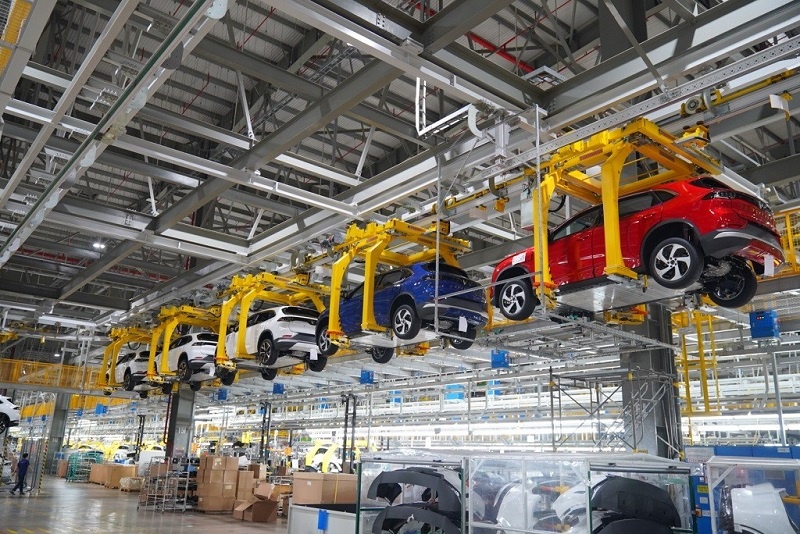

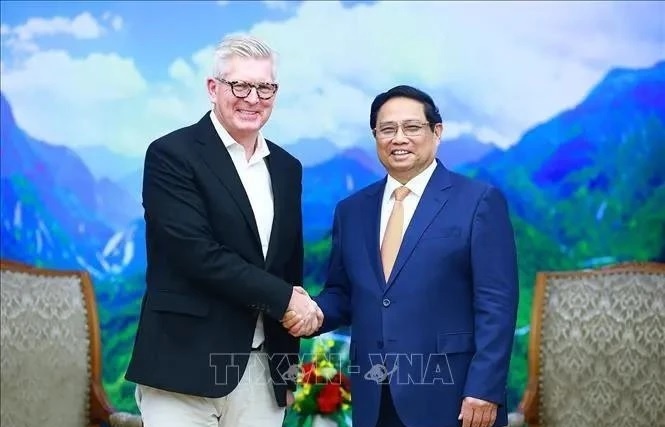






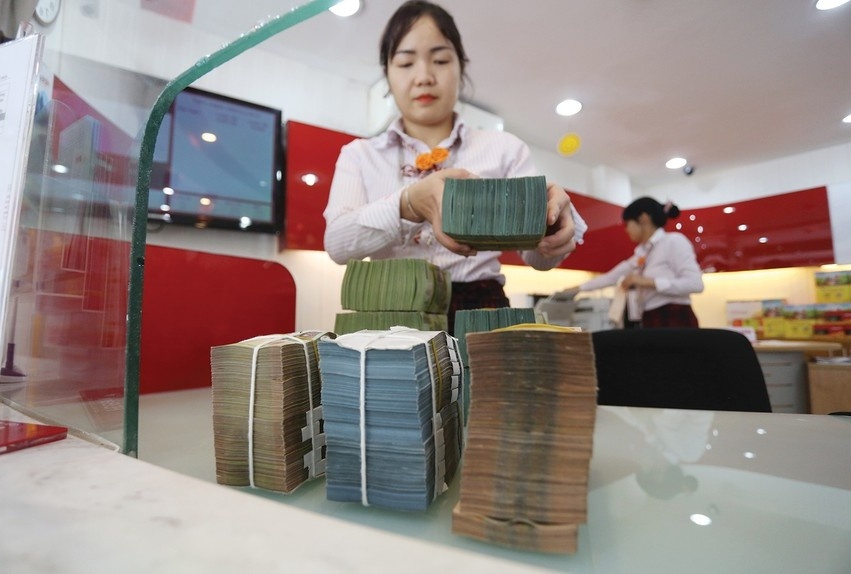
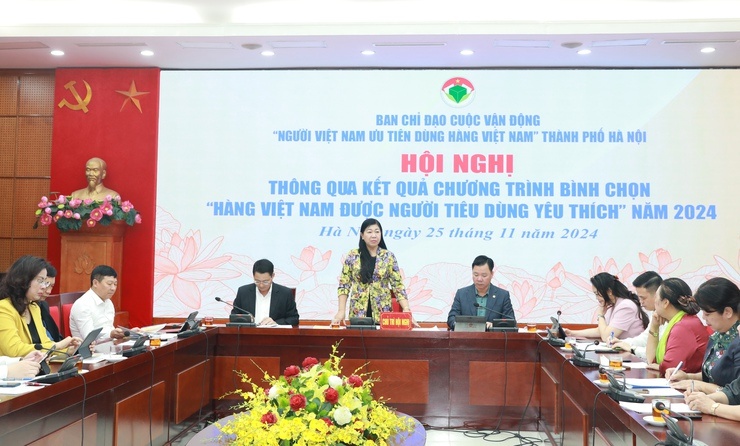
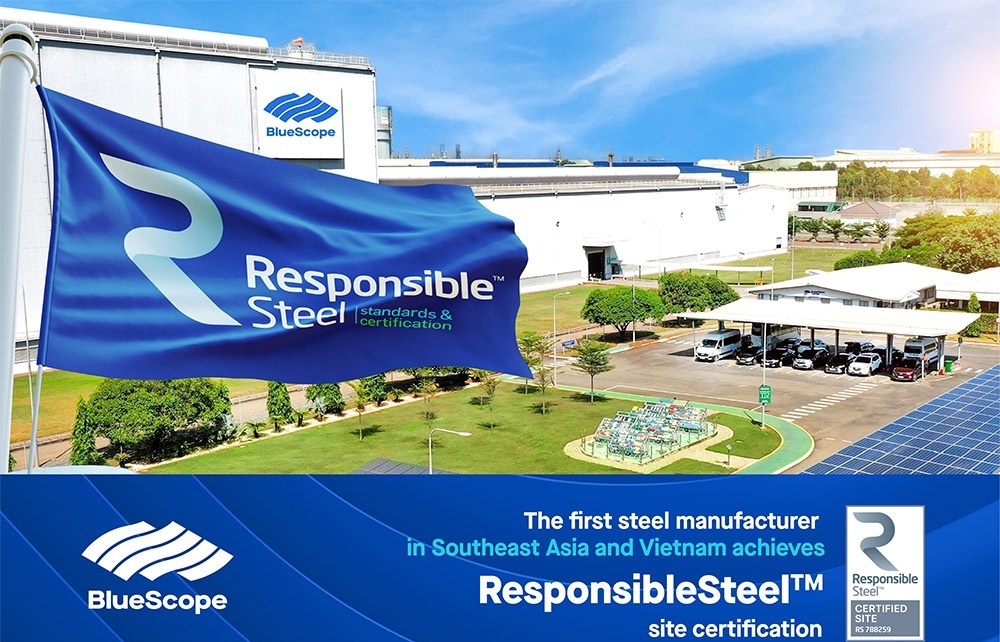



 Mobile Version
Mobile Version